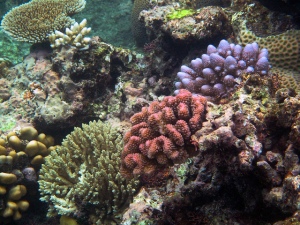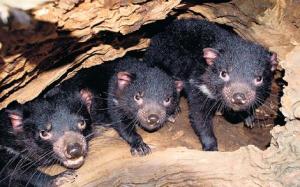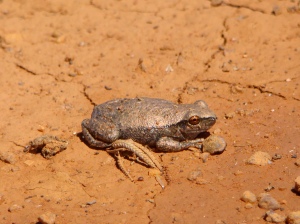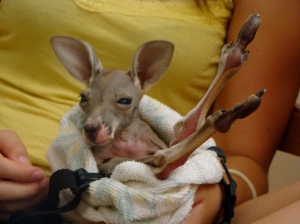A common source of irritation for me is terrible science reporting, particularly in relation to climate change. If you were to follow mainstream news sources, you would think scientists are in an utter state of confusion over climate change, and that they just can’t seem to agree on even the most basic concepts. If you were to read right-wing publications, then you would think that climate change is nothing more threatening than a part of your ‘regularly scheduled’ climate cycle…a left-wing conspiracy to bring the economy to a screeching halt. And if you were to read left-wing publications, you would notice a tendency to consistently raise the intensity and volume of the threat. In other words, it’s hard to find accurate, unbiased reporting on the latest studies that includes all of the pertinent details you need to understand what the researchers are actually saying. As a consequence it is difficult to make heads or tails of what’s going on.

One of the reasons that the reporting is so bad, in my opinion, is that science stories don’t always make good news. They certainly don’t all naturally make excellent headlines that will excite people, and this is exactly what news outlets need to make their headlines stand out amongst the potentially thousands that people come across each day. This means reporters have to find something gripping in any story they report on, and in climate change studies I find this is often not even the main take-home point of the original study. In fact, it is not uncommon to seize upon a single interesting line in the discussion section (which can be speculation….it is of course, for the purposes of discussion) and run with it. For this reason, climate science can seem as confusing as rocket science, and with as many contradictions as nutrition and health (wait…is tofu good for me this week, or not?). This is particularly the case f you don’t follow up on stories or only read the big key messages. For instance, I noticed many people were confused by reporting on climate change and the Great Barrier Reef a few years ago. One week you would read all about the bleaching is dying a slow painful death because of climate change, and you would hear what a dire situation we will have on our hands in a few years. Within a month there would be another story where people would read about reefs recovering 10 times faster than we thought they would, yet this is still bad news in the context of climate change as it is due to a unique combination of factors.
And let’s be honest, how many people have the time or inclination to sift through it all and understand exactly what the latest research is saying? I can see why people would be confused, whether they are trying to follow along or not.
It is on topics like this – topics that are big, relatively new, and the subject of much current research – where many of us begin to notice inconsistencies or contradictions on what seems like a daily basis. If you are like me, you will often have a hunch that the reporting is getting it wrong, or at the very least leaving out a big pieces of the story that are essential to the narrative. Yet most of us don’t have access to journal articles, or the time to read the reports that are often released on this topic. So what to do?
Ask a climate scientist who is familiar with the research, of course.
What, you don’t have a friendly local climate scientist you can turn to?
This is one of the reasons I got so excited when I was listening to a (not so) recent Point of Inquiry podcast interview with John Abraham and Scott Mandia about the Climate Science Rapid Response Team. I am decades late on finding out about this (in internet terms…a year is like a decade on the internet, right?), but I am excited nonetheless. Here is a team that will not only field your questions, but they have enlisted 135 climate scientists that will provide a prompt answer:
The role of this endeavor is to provide highly accurate science information to media and government representatives. We believe that scientists have an important role in communicating the science directly with the general public. We encourage questions from recognized media sources and from governments. We will work hard to ensure that all questions are answered as promptly as possible. [Source.]
As Chris Mooney points out in the interview, scientists aren’t exactly known for their media savvy or their quick responses, so this fills an important gap. For the most part, I think it’s fair to say that the narrative on climate change has been created primarily by news outlets, politicians and well…people other than climate scientists. As a highly politicised issue, scientists are not exactly well-placed to address the mis-reporting and are – rightfully so – loathe to engage in the ideologically-driven dialogue. Scientists are often criticised for their inability to communicate their work to the public, so it’s hardly a surprise that we’ve ended up with a mis-match between what science says, the media reports and what the public believes.
If you have the time, I would highly recommend listening to the Point of Inquiry Interview, which you can download on iTunes or listen to here. One of the things that stood out for me the most was the distinction between being an advocate for science education and an advocate for taking specific actions. I think the scientists here have struck a good balance: they are seeking to clarify misunderstandings, inaccuracies, and sometimes muddled reporting whilst not advocating for a specific policy response. This is a tough balance to strike, but I am happy to see that they recognise that it is possible to be an advocate for science without compromising their integrity as scientists.
Now, if only people would post more questions….
You can read the enquiries and public responses here.


